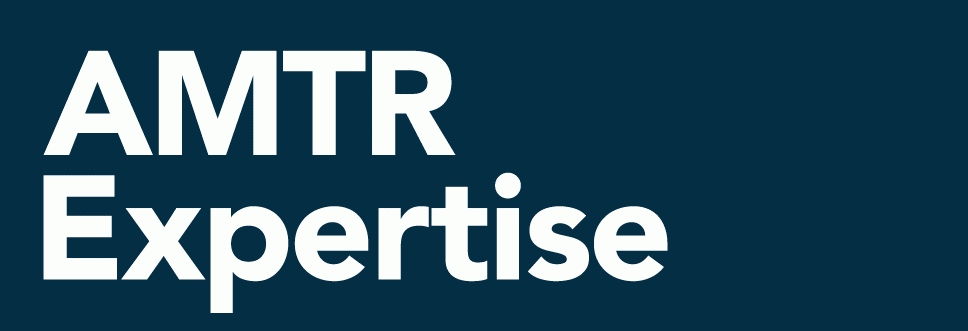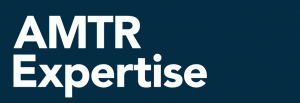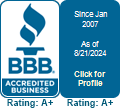In accordance with the Climate Leadership Act of 2016 and effective January 1, the Canadian Pacific will apply an AB Carbon Levy Surcharge, either per mile or per container (CP 9800). Also adding carbon surcharges is the Canadian National Railway. Effective in April, a tax will apply to shipments traveling to, from or within Alberta. The British Columbia tax will change to a per mile rate, with the exception of intermodal, which will remain per unit rates. The CN has also decided on several changes that will become effective February 1 and will affect shippers’ freight payables. These changes are applicable to CN tariffs 9000, 9002, 9003, 9004 and 9100.
Kansas City Southern de Mexico has announced that beginning in 2017, the Mexican Energy Regulatory Commission has deregulated fuel prices. There are expected to be increases in the average price of diesel fuel, as well as changes to how shippers can view the reduction on rate discount program.
The new year brings new challenges and opportunities for the rail freight community, as it remains unclear what new policies might result from the new presidential administration. Meanwhile, the Surface Transportation Board continues to preside over the debate of reciprocal switching. Looking to the future, Positive Train Control—technology designed to remotely stop train derailments and deadly accidents—is on track for full implementation by the December 2018 deadline.
One of the many tasks performed at AMTR is the investigation of all available rates. Most companies who say they audit freight invoices are only running customer-specific criteria through a rate engine that is preset with rates the client has provided. At AMTR, there are several layers of investigation performed when reviewing a customer’s lanes. This will include requesting any negotiated contract rates from the client, as well as a comprehensive review of all of the carrier’s published rates. Many times, we will discover rates for the same lane and criteria in multiple items or documents.
Within all these documents are also notes, conditions and exceptions. A client may not realize that contract rates are often made and set without this detailed comparison. Additionally, rates such as public mileage scale items may not be updated routinely, whereas your contract rates take set increases annually. Sometimes these increases actually surpass the public rates. We bring this type of scenario to the client’s attention and suggest that they revise their contract. Clients often trust that the carrier is giving them the best rate. Arm yourselves with knowledge—the type of knowledge that only AMTR can provide.
As shippers and truck carriers continue the negotiation of contracts for the new year, many industry analysts predict that conditions moving into 2017 will generate higher costs for carriers, and therefore, higher rates for shippers. The trucking industry experienced an increase in volume during the fourth quarter of 2016. This trend is expected to continue throughout 2017, driving the opportunity to increase contract rates. Any changes in contracts may lead to rating errors during the transition period.
In related news, third party contracts between carriers and shippers are becoming increasingly necessary. The Private Motor Truck Council of Canada (PMTC) is hosting a seminar on January 26, 2017 to discuss third party contracts and mandatory training for entry-level employees. It is a common belief that carriers are not eager to sign contracts with shippers; however, this is incorrect. Carriers are willing to negotiate contracts with repeat customers.
Finally, President Donald Trump has voiced intentions to invest $1 trillion into United States infrastructure during his presidency. He plans to offer tax incentives to private businesses that invest in infrastructure; this will likely result in more toll roads around the country. Trump also introduced a plan to back out of billions of dollars in global warming funding intended for the United Nations. These funds will be used to invest in infrastructure, lessening burdens on tax payers.
A shipment’s lineal foot measurement is the amount of floor space occupied from the nose to the door axis of a trailer. Lineal foot charges are assessed by carriers on shipments where the lineal footage exceeds the limit set in the carrier’s rules tariff or their contract with a shipper, with height and width thresholds coming into consideration, as well. The majority of lineal foot charges are assessed through an elevated mileage rate or through a rerating of the shipment at a pounds per cubic foot calculation and a specified rating class.
Whether or not a shipper is subject to lineal foot charges is often dependent upon how efficiently a carrier loads handling units. For example, take eight skids measuring 40Lx48Wx60H. The minimum amount of linear feet this shipment could occupy is 13.333, achieved through loading the skids two wide oriented so they take full advantage of the trailer’s width, while minimizing length. Orienting the skids so they fit two wide but do not take full advantage of the trailer’s width, 48Lx40Wx60H, results in a linear footage of 16. The net difference is 2.667 linear feet, and potentially thousands of dollars.
AMTR has experience in identifying incorrectly loaded shipments that resulted in lineal foot charges and has in-house applications that allows the creation of a three-dimensional model of optimal handling unit layouts. Let AMTR take a look at your large volume shipments to see if lineal foot charges are being applied in error.
There is no doubt that technology has improved our personal and professional lives in many ways. According to Sydney Finkelstein of BBC, “We live in a world of curation. The internet—aided by algorithms that predict what we search, buy, listen to, read, watch and even who we want to date and marry—expertly helps [us to] find what we want.” We humans enjoy this, as our interests, opinions and thoughts are continually reinforced. However, the dark side is that we do not realize how these algorithms, formed from previous searches and actions, are bounding our thinking and exposure to new ideas. A similar idea was highlighted in a recent Harvard Business Review article entitled “Beware the Confirmation Trap When Analyzing Data,” which stated, “…we’re likely to pay more attention to findings that align with our beliefs and to ignore other facts and patterns in the data.”
When these ideas are applied to freight audits, it becomes clear that they should not be accomplished in a silo. No single rate engine, publication or algorithm can always accurately determine the correct charges to be billed to a shipper. That is what Smart Auditing© is all about—combining leading-edge technological tools and, most importantly, the creative minds of human, expert auditors who are not trapped by algorithms or even the common patterns of thinking that can evolve in organizations.
Start the year off “Smart” by letting AMTR help you avoid confirmation traps and the consequences of bounded thinking. Fresh minds and a new look at your freight costs mean greater refund savings for you!










